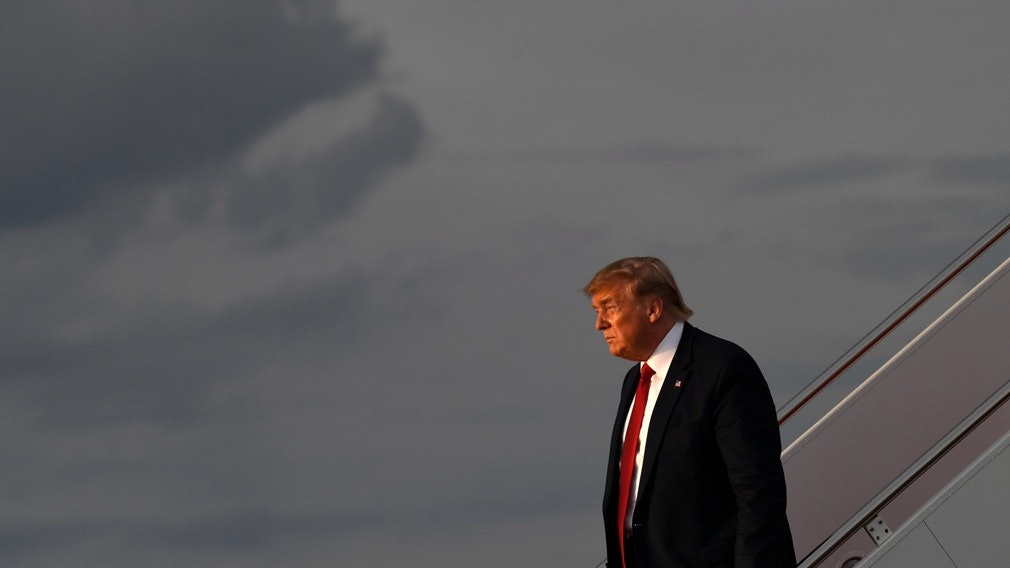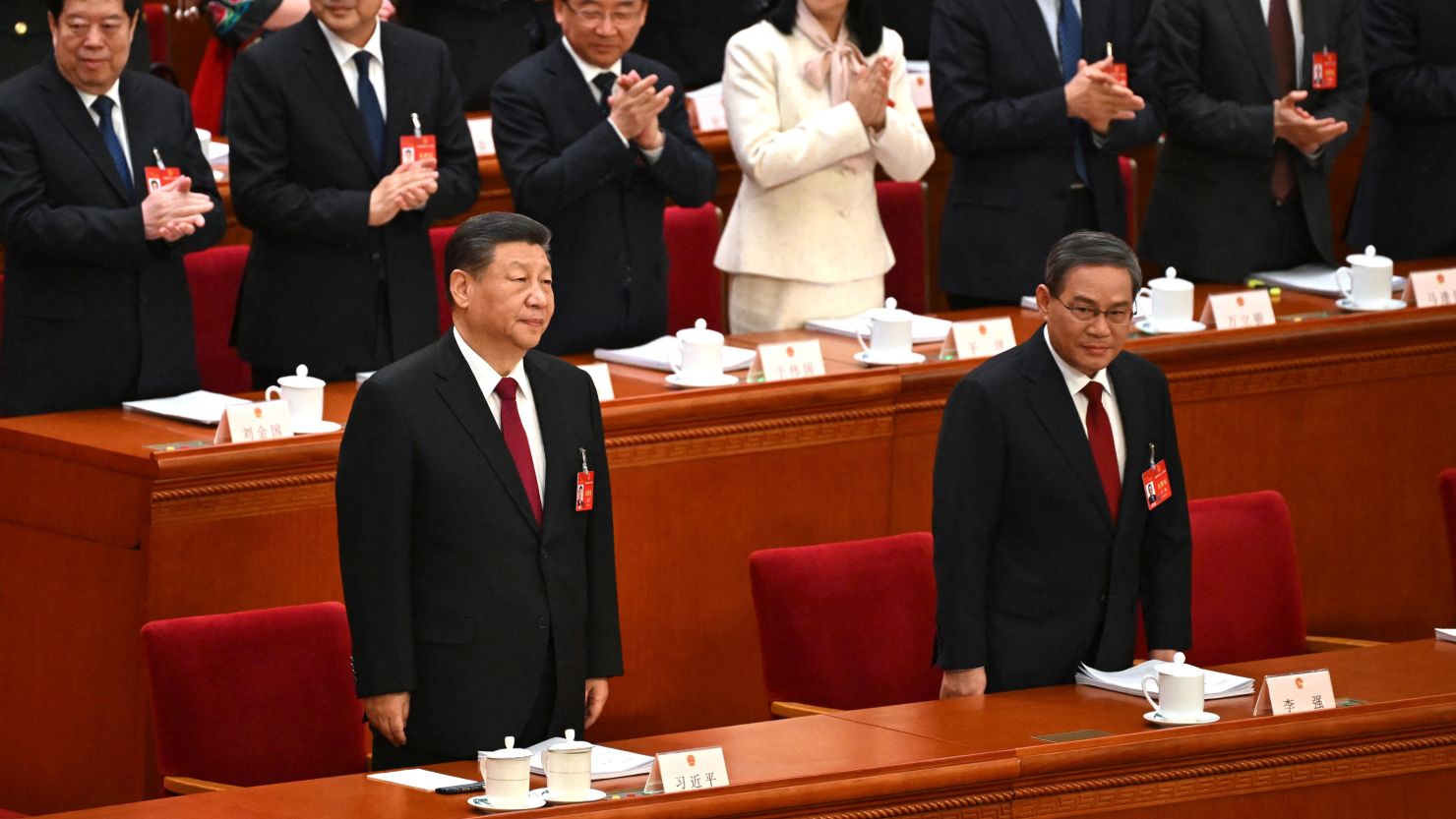The China-US tariff war has escalated since September. On September 3, Chinese President Xi Jinping frequently mentioned the word struggle in the speech of a young cadre in internal training. He said, “All kinds of risk challenges that endanger the leadership of the Communist Party of China and China’s socialist system, all kinds of risk challenges that endanger China’s sovereignty, security, and development interests, all kinds of risk challenges that endanger China’s core interests and major principles, and endanger the people of our country. All kinds of risk challenges of fundamental interests, all kinds of risk challenges that endanger China’s goal of achieving “two hundred years” and realizing the great rejuvenation of the Chinese nation, as long as they come, we must wage a resolute struggle and must win the struggle.”
The China-US trade war is a suppression of China’s development and a smothering of China’s rejuvenation. Xi Jinping talks about resolute struggle and must win. This reflects to some extent the toughness of Beijing’s stance toward the United States.
The United States is very angry with Beijing’s toughness. The US Consumer News and Business Channel (CNBC) website reported on September 3 that China had a plan to levy a $75 billion commodity on the US, and Donald Trump was angry when he learned of the incident. Three sources said that Trump’s initial response was to suggest doubling the existing tariff. US Treasury Secretary Steven Mnuchin and US Trade Representative Robert Lighthizer then asked CEOs of several companies to call Trump to warn him of the impact the move could have on the stock market and the economy. Trump later agreed to increase the tax rate on China’s $550 billion in goods by another 5%, and announced the news on Twitter on August 23.
This is not the first time the US media has reported that Trump has rushed to the crown.
At the end of July, China and the United States held a new round of negotiations in Shanghai. After the US delegation returned to China, Trump complained that they had returned empty-handed. Then on August 1, Trump announced on Twitter that 10% of the other $300 billion of Chinese goods would be levied on Twitter. Tariffs. According to the Wall Street Journal reported on August 1, many people inside the US government opposed Trump’s new tariffs, US Trade Representative Wright Heather, Finance Minister Mnuchin, and White House economic adviser Larry Kudlow. And national security adviser John Bolton opposed the move to raise tariffs.
Trump regards tariffs as effective weapons. On September 3, Trump sent Tweet that if China was to be dragged to his second term, it would be “harder” to reach an agreement. Given the damage that the United States imposes on Chinese goods on Chinese goods, Beijing cannot afford to be dragged down in the negotiations.
Trump couldn’t see Beijing tough, and he couldn’t listen to the progress of the negotiations. Many times his decision was a reaction to the Chinese movement. The irritating ingredients in his character are very large. Trump’s current uncertainty is the biggest risk in China-US relations.
Trump has always liked to cheer the American victory. No matter whether China or the United States can reach a trade agreement, he must play the overbearing president who takes advantage of China’s cheapness and let China yield. Beijing’s toughness can anger Trump, but Beijing’s weak compromise is definitely not a panacea for maintaining Trump.
Trump’s aides are able to distinguish between pros and cons and Trump’s decision to make a difference. Wright Heze and Mnuchin mobilized the American business community to persuade Trump, which shows that Trump’s opinions on the business community can be heard. It is economic interest to return Trump’s decision to rationality.
Recently, the signal of the US economic recession has become more and more obvious. US gross domestic product (GDP) growth is slowing. The second quarter GDP data released by the US Department of Commerce on August 29 was 2%, which is the lowest growth rate in the fourth quarter of 2018, lower than the 3% growth rate in the first three months of this year.
From the perspective of the bond market, in the case of a general decline in interest rates in the US bond market, the yield on the 10-year Treasury Bond has fallen below the 2-year Treasury yield since August 14. During this period, 3 months and 30 years, 2 years and 10 years, 3 months and 10 years have all continued to hang up.
Generally speaking, just the inversion of the 3-year and 5-year US Treasury yields will not affect the performance of various assets in the short term. The two-year and 10-year bond yields are upside down, which is generally a sign that the recession is worthy of vigilance. Short-term bond yields are higher than long-term debt, meaning that confidence in long-term investments is weakening and investors’ expectations for future returns are falling.
Over the past half century, the US 10-year and 2-year government bond yields have been reversed. The yield curve usually starts to fall down from 12 months to 18 months before the recession. From 1970 to 2008, there were seven economic crises in the United States. In the two years before the crisis, the phenomenon of US bond yields was reversed.
The trend of gold from one side proves that people’s economic confidence has weakened. Since the trade dispute intensified in May, gold prices have soared by more than 20%, and the sentiment of market safe-haven trading is filling.
In addition, many economic indicators in the United States have been abnormal. In August, the Institute for Supply Management (ISM) announced that the Purchasing Managers’ Index (PMI) fell to 49.1 from 51.2 in July, the first time since August 2016 that it has moved into the contraction zone and the lowest level since January 2016. In terms of business spending, according to the US Department of Commerce’s single-quarter GDP report, private domestic private investment fell 5.5% in the second quarter, the lowest level in the fourth quarter of 2015. Personal consumption expenditure accounts for about 70% of the US economy and is the main engine that drives US economic growth. According to data released by the University of Michigan on August 30, the final value of the US consumer confidence index fell by 8.6 to 89.8 month-on-month, the largest monthly decline since December 2012.
There is no doubt that the US economy is facing downward pressure.
Trump has repeatedly stated two years ago that his government will achieve a growth rate of “4%, 5%, or even 6%.” It seems that this will be another policy statement by Trump. In the future, he may release more hard-line remarks about China to pass on the focus of contradictions.
The wars of the past year have shown that the trade war has a great impact on the US stock market, bond market and investor economic confidence. The impact of the imposed tariffs on the average consumer will gradually emerge. The trade war continues to fight and it is not good for the US economy. The ability to urge Trump to return to rationality may be bad economic data in the future, as well as pressure from farmers and businesses. Trump needs to be taught by reality before he can really be awake.











